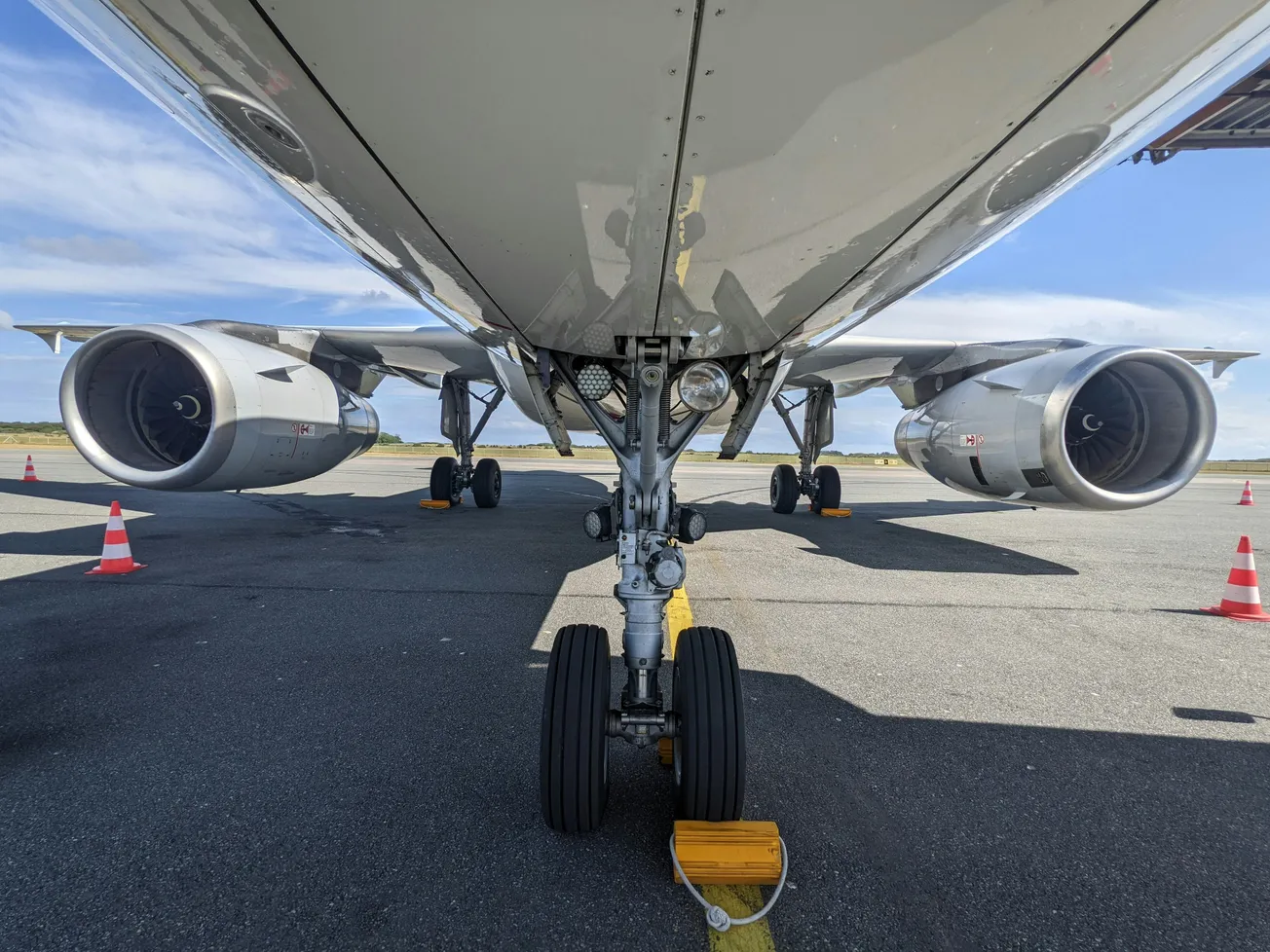A prolonged U.S. federal government shutdown has triggered significant disruptions for the airline industry, as major carriers scramble to reorder schedules in response to staffing short‑falls at the Federal Aviation Administration (FAA).
The FAA, citing safety risks amid hundreds of unpaid or fatigued air traffic controllers, announced that flight cuts of around 4 % will begin Friday, with reductions potentially rising to as much as 10 % at 40 of the country’s busiest airports if the shutdown persists.
Major carriers including Delta Air Lines, United Airlines, American Airlines and Southwest Airlines are already reworking schedules and fielding a surge of customer inquiries as the crucial Thanksgiving travel period looms.
The implications are far reaching. For large airlines, schedule adjustments and cancellations could erode revenue and damage customer confidence.
For the broader retail, hospitality and local business ecosystem, ripple effects may include disrupted merchandise shipments, delayed travel‑linked commerce and even consumer hesitation around travel‑related spending.
Smaller regional players and local airports are also vulnerable. Reductions will disproportionately affect regional and non‑hub routes — the segments most likely to be trimmed first. United’s leadership has underscored this by noting cuts will focus on non‑hub domestic flying.
For local business leaders and community stakeholders — particularly in areas like logistics, tourism, event planning and retail connected to travel flows — the message is clear: operational resilience and contingency planning matter more than ever. With the aviation network under stress, alternative transport options, buffer‑time planning and flexible logistics models may become critical.
Overall, this is a firm reminder that disruptions in adjacent infrastructure sectors (in this case government function) can cascade into the retail and service economy in unexpected ways.







